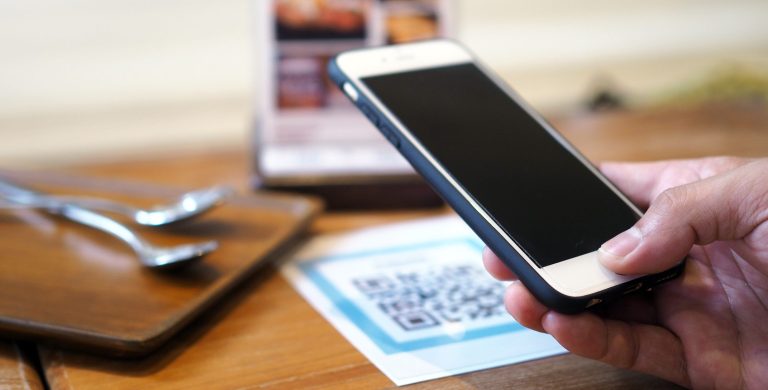
As skyrocketing prices threaten restaurants’ growth, many are turning to digital technologies both to retain the loyalty of cost-conscious consumers and, internally, to manage pricing and labor.
In fact, today, digital ordering options are ubiquitous, according to research from the latest edition of PYMNTS’ Restaurant Readiness Index, created in collaboration with Software-as-a-Service (SaaS) customer experience management (CXM) solutions provider Paytronix. The study, which drew from a survey of more than 500 managers of quick-service restaurants (QSRs) and full-service restaurants (FSRs) across the country, found that 87% of restaurants offer online ordering for in-store pickup.
Related news: More Than Half of Restaurants Depend on Digital Sales, Despite Uptick in On-Premises Orders
Moreover, the study found that nearly two-thirds of restaurants surveyed are available on third-party aggregators, 50% have direct ordering apps and 15% are available via Google ordering. Plus, off-premise channels are not the only one getting the digital treatment. One in four restaurants now offers ordering at the table via QR code, and 18% offer self-service kiosks.
However, even the most digitally available brands are coming up against challenges, as food, commodities and labor costs rise. Take, for instance, fast-casual giant Chipotle Mexican Grill, a leader in the loyalty space. Analyst Jared Garber commented to Seeking Alpha that, while the brand remains “one of the most compelling growth companies in the restaurant industry,” there are new challenges impacting its prospects.
“We do see risk that continued cost inflation may make it more challenging for the company to drive incrementally higher earnings,” Garber said, “particularly as consumer spending slows.”
The Consumer Price Index for All Urban Consumers (CPI-U), reported by the U.S. Bureau of Labor Statistics (BLS) Wednesday (July 13), revealed that food prices rose 10.4% year over year in June, and prices for nonfood and nonenergy commodities rose 7% year over year.
Facing these challenges, many restaurants are using digital technologies not only to meet consumers’ expectations but also to mitigate inflation and labor challenges.
For example, many restaurants have been rethinking their menus with an eye towards lower-cost foods, and in the Restaurant Friction Index survey, 17% of managers reported that they have mostly or fully automated the menu changing process. Additionally, many restaurants adjust prices in response to changing food costs, and 28% of managers reported having automated pricing.
Meanwhile, eateries may get some relief for their labor challenges in the near future, though restaurants are far from out of the woods.
“On labor, recent company commentary and BLS data suggest that staffing levels have recently improved,” Christopher Carril, senior restaurants equity research analyst at RBC Capital Markets, wrote, according to Seeking Alpha, “and while we think this could potentially result in easing Y/Y wage pressures in the 2H of the year, we are still hearing of pockets of labor pressures.”
Given the ongoing pressure, technologies that make employee management easier can go a long way. However, the vast majority of restaurants are not using automated systems to manage back-of-house processes. Just one in three managers reported having automated payroll, one in four having automated vendor management, one in five having automated order management and one in six having automated staff management and inventory management.